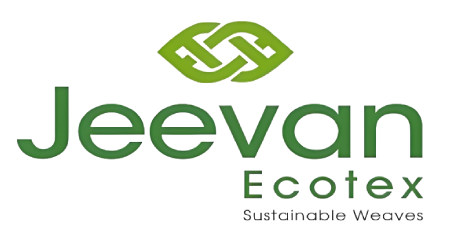Introduction
At Jeevan Ecotex manufacturing facility we produce geotextile fabric, geotubes, geomats, geonets, geosynthetic clay liners, and geocells. We specialize in the production of various geosynthetic products used in civil engineering, construction, and environmental applications. Here’s some information about each of these products and their manufacturing processes:
